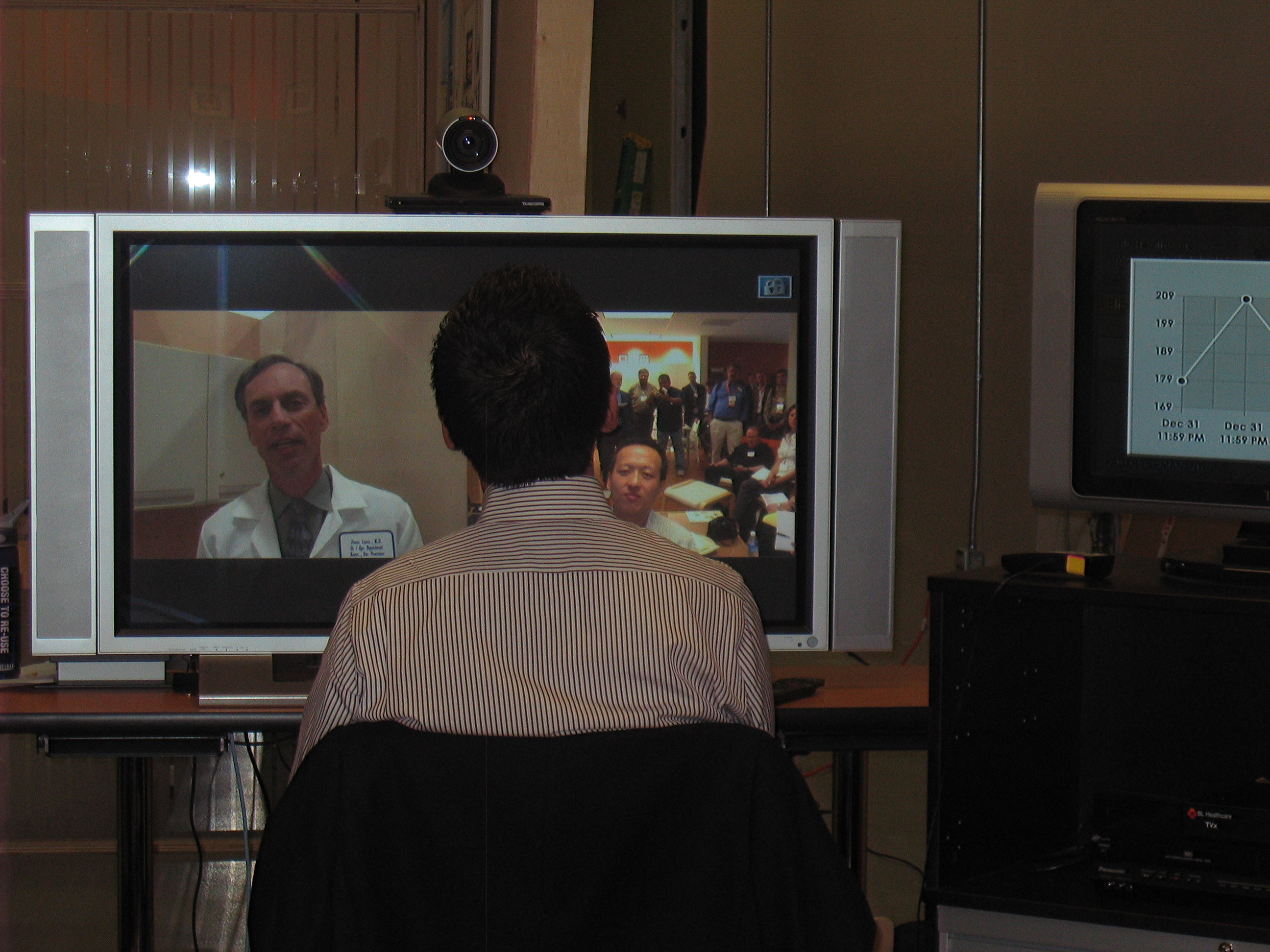Kaiser testing tech to enhance medical treatment, privacy

Kaiser Permanente is re-inventing the house call.
Cisco Systems, as part of the RSA Security Conference in San Francisco, bussed a group of folks across the San Francisco Bay this week to tour Kaiser's Sidney R. Garfield Health Care Innovation Center - a former check processing warehouse in an industrial area near the Oakland Airport.
Inside, the facility is made to have the look and feel of a real hospital so that the technology teams can experiment with new products, services and technologies in a setting that replicates a real-world facility. And, on occasion, they bring in real doctors, nurses and sometimes even patients to get a feel for whether the new technologies will work in a real-life scenario.

Privacy, of course, is a major issue that medical companies are constantly dealing with. The complexity of a major medical record database can be a huge task but Kaiser says that the system that it's putting into place is meant to eliminate the wandering eyes of unauthorized staff pulling files from a nurse's station.
The company is looking toward advanced technology as a way of not only increasing its role in preventative medicine but also reducing costs related to health care - one of the key goals repeatedly mentioned by the Obama administration.
Besides mock operating rooms, labor and delivery suites and nurse's stations, there was also a mock home environment that was outfitted with the latest gadgets that have the ability to update basic vitals such as blood pressure, weight and blood sugar readings directly to the medical files.
What I really liked was the Cisco-like telepresence feature that allows patients to sit in front of their home television sets and experience a home visit with a doctor. In our demo, we saw the doctor collect the vitals, talk to the patient about ongoing treatment and even take a look at red mark on the patient's forearm and offer a quick diagnosis.
Sure, not every ailment can be treated over a web cam - but imagine how much more efficiently a medical center might operate if the number of people coming in for the most basic treatments - such as follow-up visits to check on something that's been healing - could be reduced.